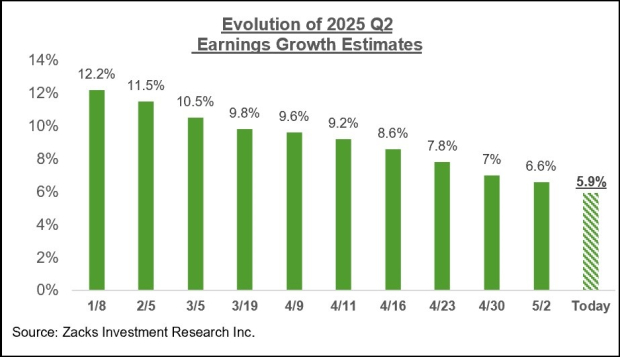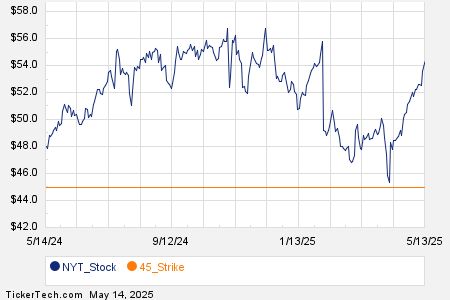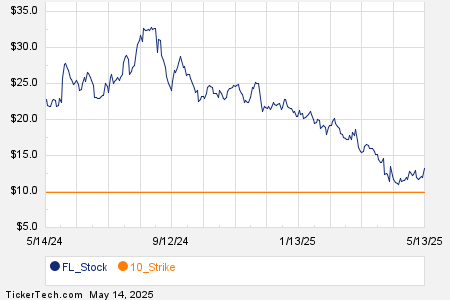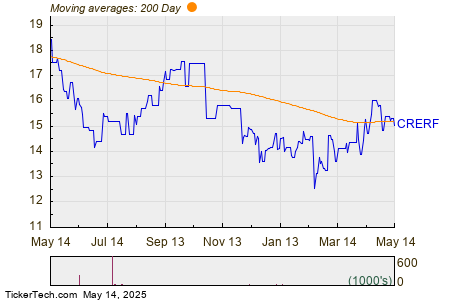Coffee Prices Drop Amid Supply Increases and Demand Concerns
July arabica coffee (KCN25) closed on Wednesday down -11.55 (-3.07%), while July ICE robusta coffee (RMN25) fell -119 (-2.32%). Coffee prices faced significant declines, with arabica reaching a three-week low and robusta a five-week low due to rising supply and concerns over demand.
Increased Supply Pressures Prices
Growing global coffee supplies have placed downward pressure on prices. The USDA recently projected a 5.1% year-over-year increase in Honduras’ coffee production for the 2025/26 cycle, estimating a total of 5.8 million bags. Additionally, the consulting firm Safras & Mercado revised its forecast for Brazil’s 2025/26 coffee production upward, from 62.45 million bags to 65.51 million bags. Similarly, Brazil’s crop forecasting agency, Conab, raised its estimate for 2025 coffee production to 55.7 million bags, up from 51.81 million bags.
Improved Inventory Levels
The inventory situation has also shifted positively, contributing to lower prices. ICE-monitored robusta coffee inventories increased to a seven-and-a-half-month high of 4,626 lots. In addition, arabica coffee inventories rose to a two-and-three-quarter-month high of 844,473 bags.
Demand Worries Emerge
Concerns about demand have further influenced coffee prices. Major global commodity importers like Starbucks, Hershey, and Mondelez International have indicated that the U.S. baseline 10% tariff on imports may lead to higher prices and diminished sales volumes.
Mixed Signals from Brazil’s Coffee Exports
While concerns over smaller coffee exports from Brazil are typically supportive for prices, recent data paints a different picture. The exporter group Cecafe reported that Brazil’s April green coffee exports dropped by 28% year-over-year to 3.05 million bags. For the January-April period, exports fell 15.5% year-over-year to 13.186 million bags.
Production Risks in Brazil
Brazil’s coffee crop is facing challenges, which has helped support prices. Rabobank forecasted on April 22 that Brazil’s 2025/26 arabica coffee crop might decline by 13.6% year-over-year to 38.1 million bags due to adverse dry weather affecting flower production in key growing regions.
A lack of rainfall has further compounded these challenges. Somar Meteorologia reported that Minas Gerais, Brazil’s primary arabica growing area, received only 0.8 mm of rain during the week ending May 10, representing just 16% of the historical average.
Robusta Coffee Faces Unique Challenges
On another front, robusta coffee also found support when Vietnam’s National Statistics Office revealed that its coffee exports for January-April 2025 dropped by 9.8% year-over-year to 663,000 metric tons. A drought has caused robusta production in Vietnam for the 2023/24 crop year to decline by 20%, resulting in a total output of just 1.472 million metric tons, the lowest yield in four years. The Vietnam Coffee and Cocoa Association has subsequently lowered its 2024/25 production estimate from 28 million bags to 26.5 million bags.
Conversely, Rabobank expects Brazil’s 2025/26 robusta crop to rise by 7.3% year-over-year to a record 24.7 million bags.
Global Export Trends
Recent reports of increased global coffee exports are adding a bearish outlook on prices. Conab announced in February that Brazil’s coffee exports for 2024 rose by 28.8% year-over-year to a record 50.5 million bags. However, the International Coffee Organization reported on Friday that global coffee exports for the October-March 2024/25 period declined by 2.1% year-over-year to 67.73 million bags.
USDA Projections Reflect Mixed Outlook
The USDA’s biannual report released on December 18 presented a mixed view for coffee prices. The USDA’s Foreign Agriculture Service (FAS) projected an increase in world coffee production for 2024/25 of 4.0% year-over-year, estimating total output at 174.855 million bags. This includes a 1.5% increase in arabica production to 97.845 million bags and a 7.5% increase in robusta production to 77.01 million bags. However, the FAS warns that ending stocks for 2024/25 are expected to decline by 6.6% to a 25-year low of 20.867 million bags, down from 22.347 million bags in 2023/24.
Looking ahead to the 2025/26 marketing year, Volcafe adjusted its Brazil arabica coffee production estimate down to 34.4 million bags, a reduction of about 11 million bags from its previous forecast. Volcafe also predicts a global arabica coffee deficit of 8.5 million bags for 2025/26, widening from the 5.5 million bag deficit expected for 2024/25, marking the fifth consecutive year of deficits.
On the date of publication, Rich Asplund did not have (either directly or indirectly) positions in any of the securities mentioned in this article. All information and data in this article is solely for informational purposes. For more information, please view the Barchart Disclosure Policy.
The views and opinions expressed herein are the views and opinions of the author and do not necessarily reflect those of Nasdaq, Inc.




